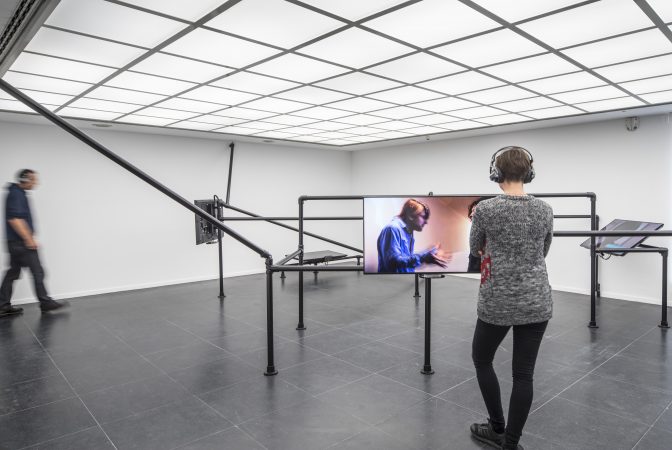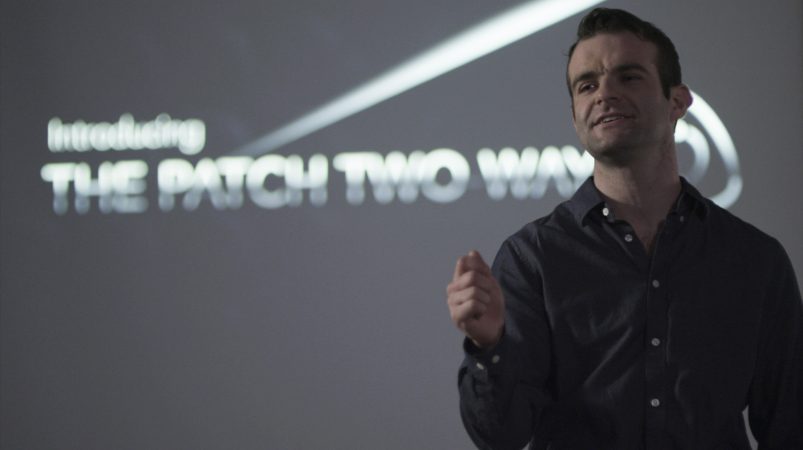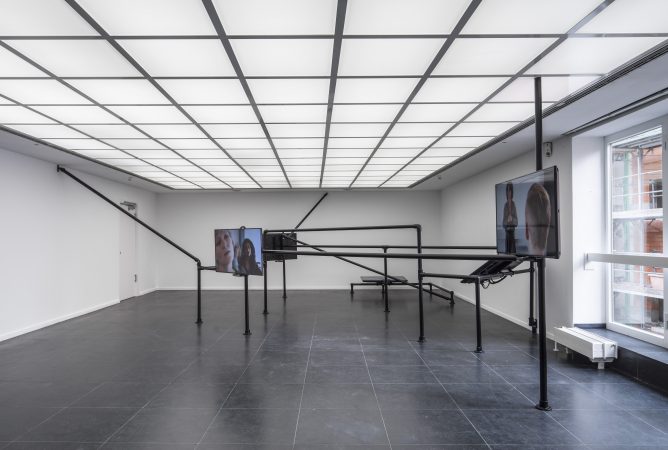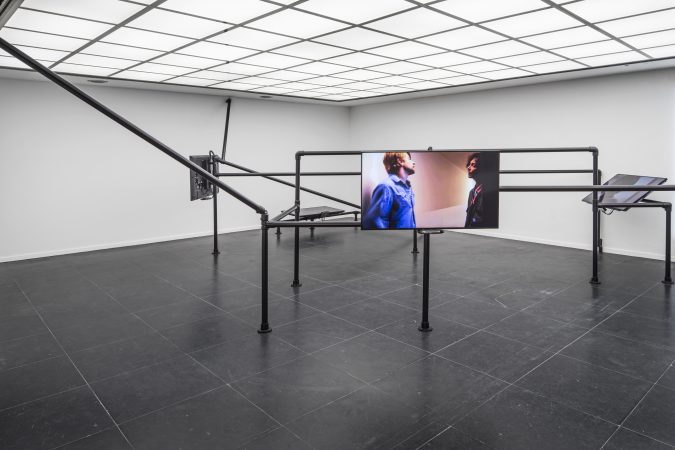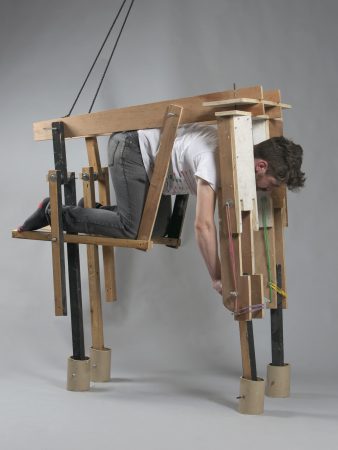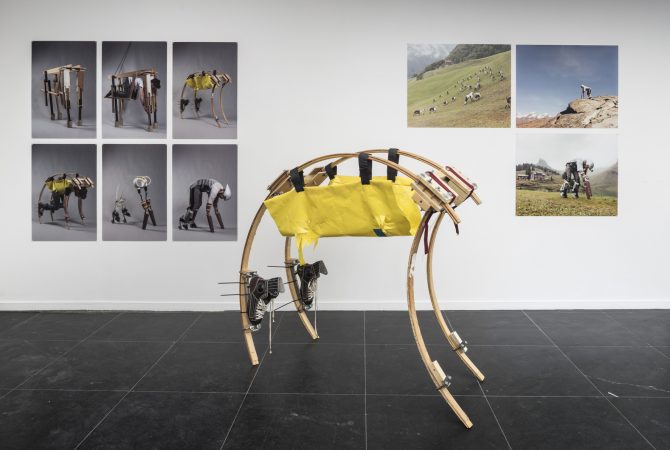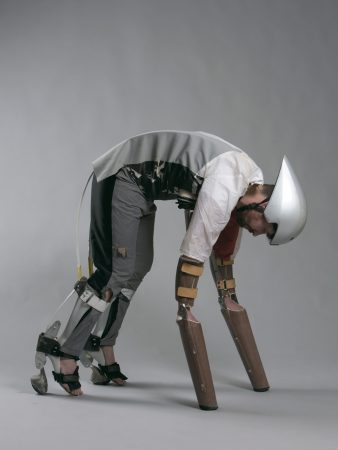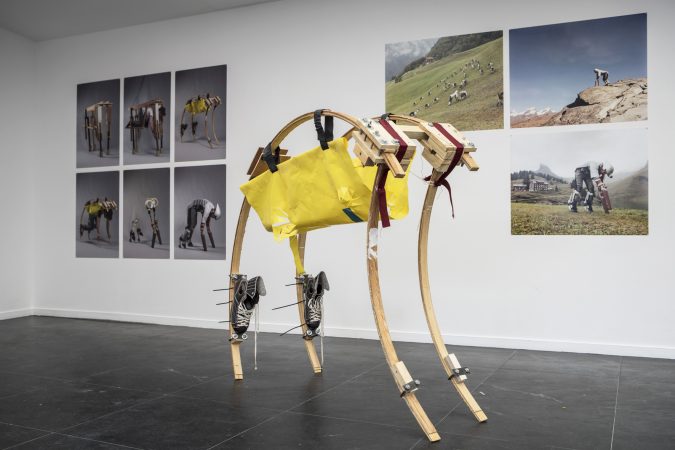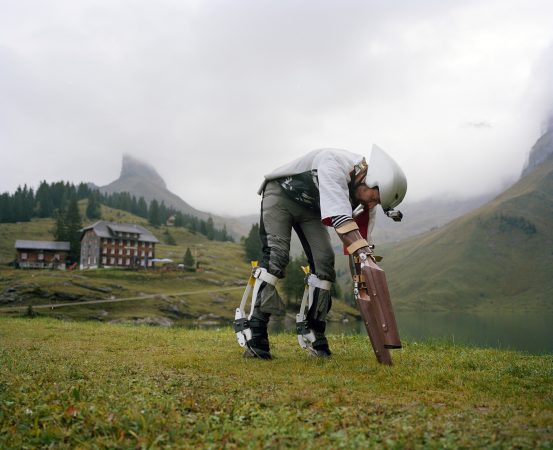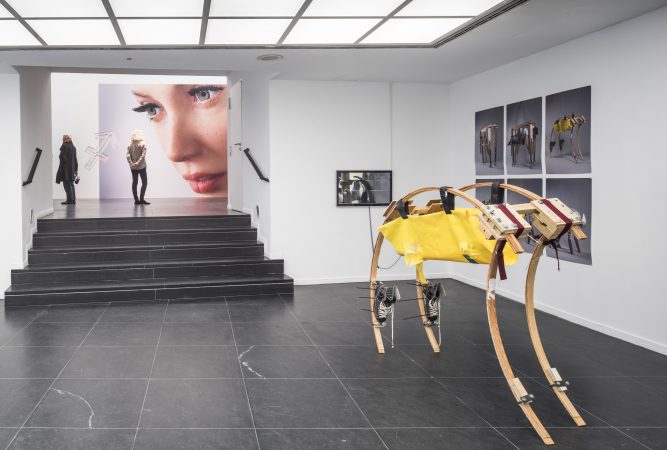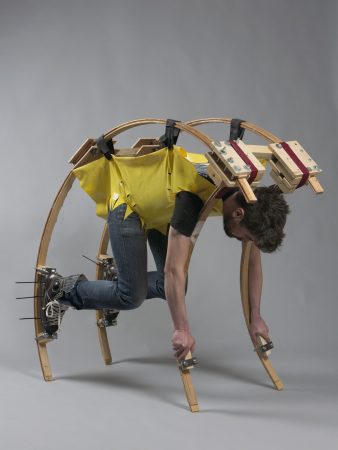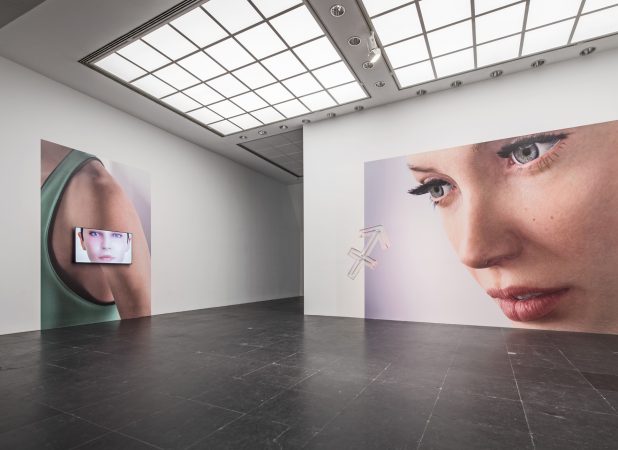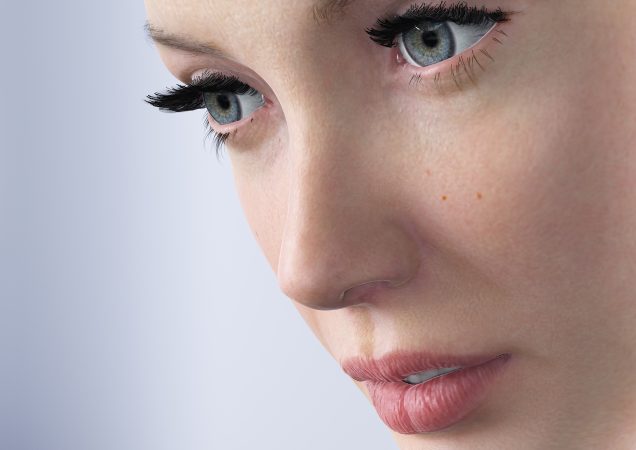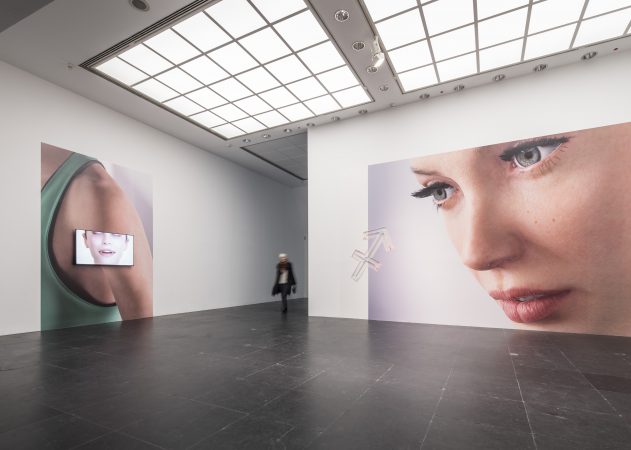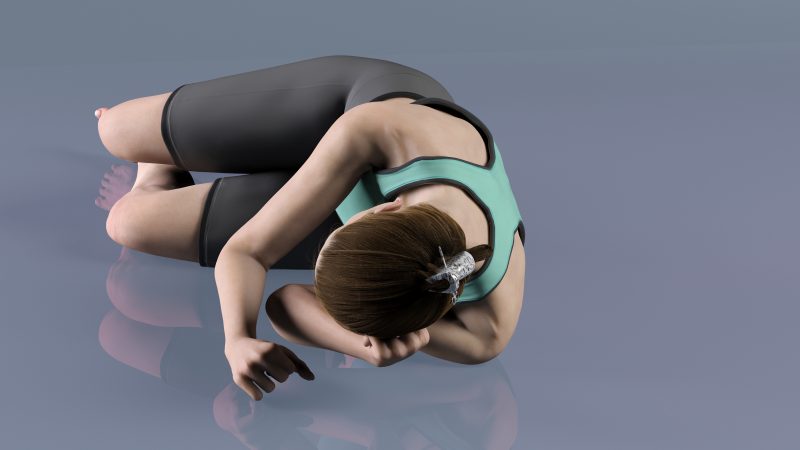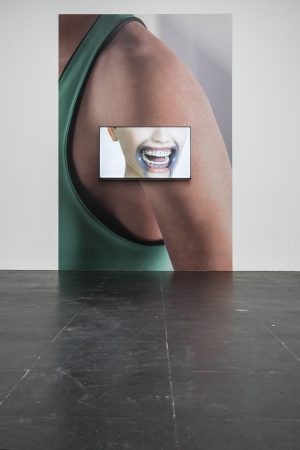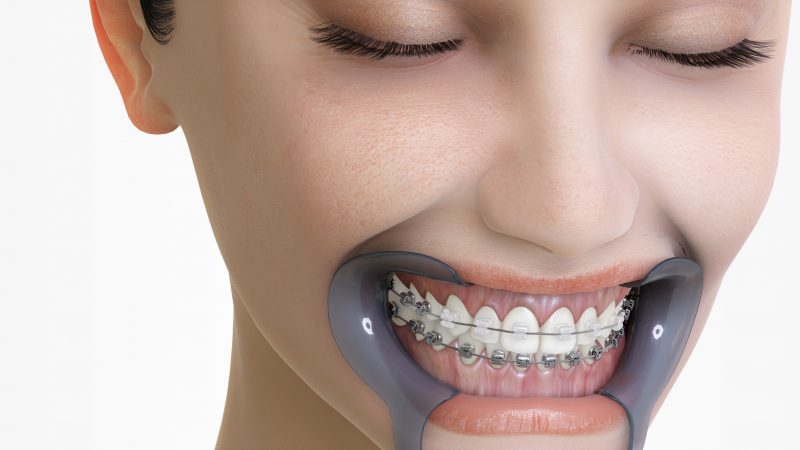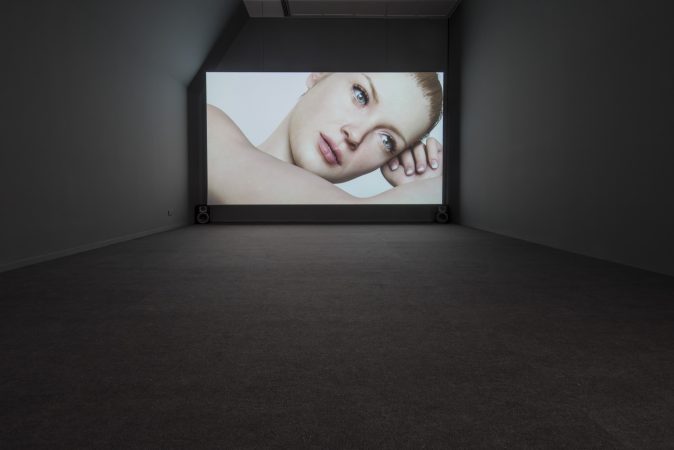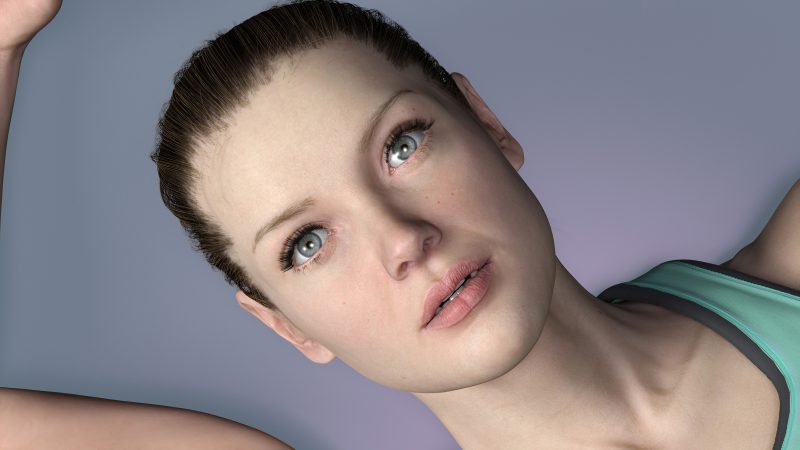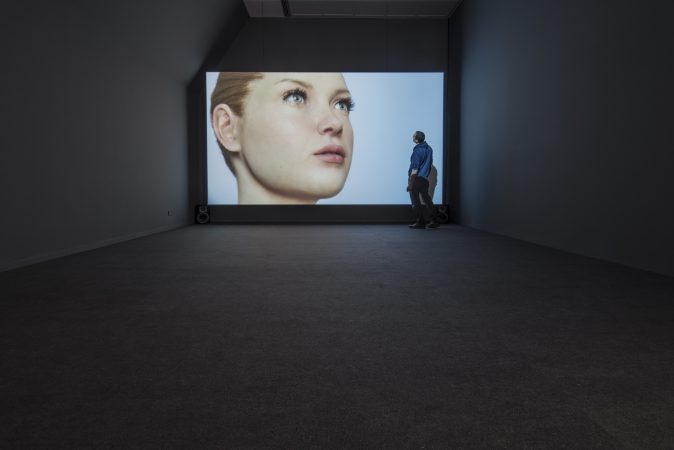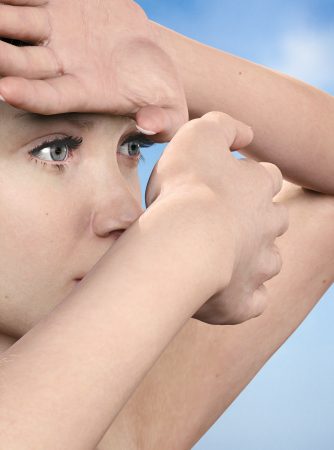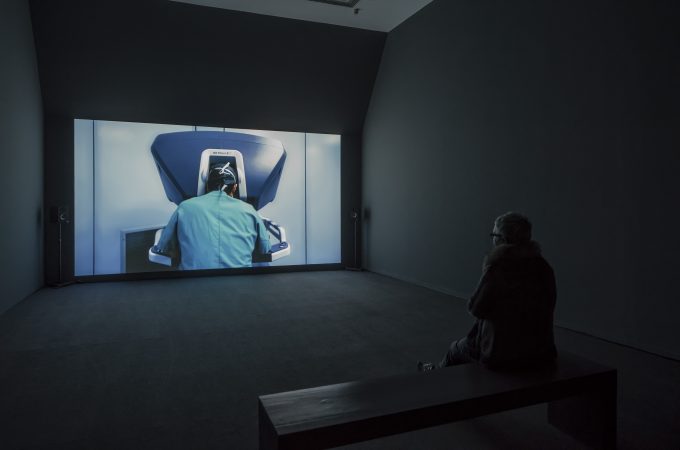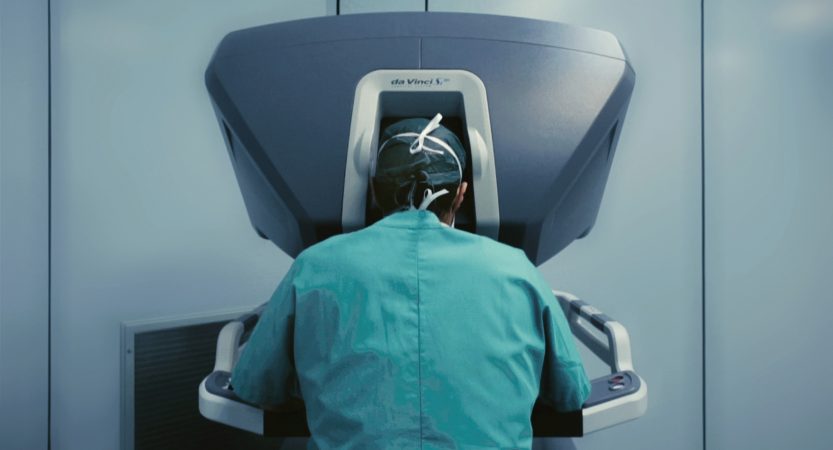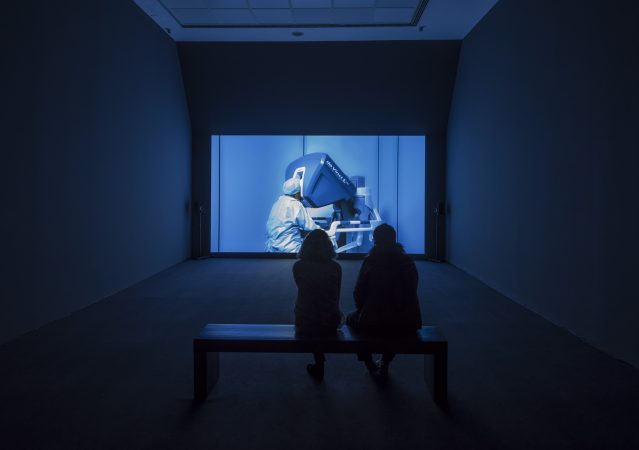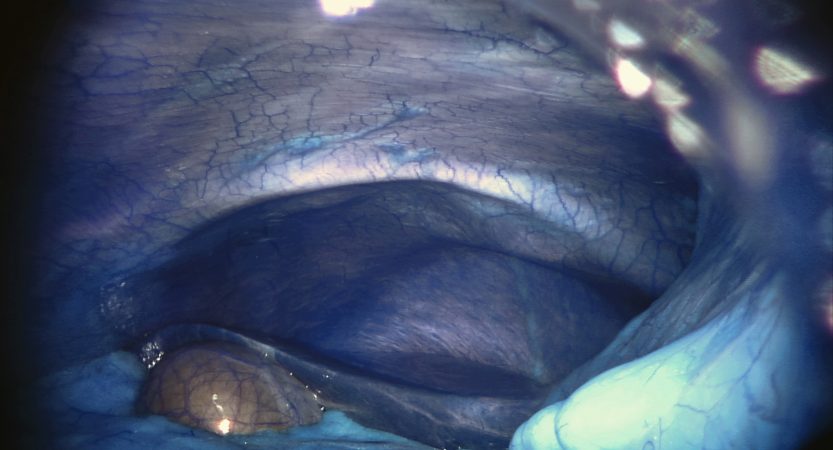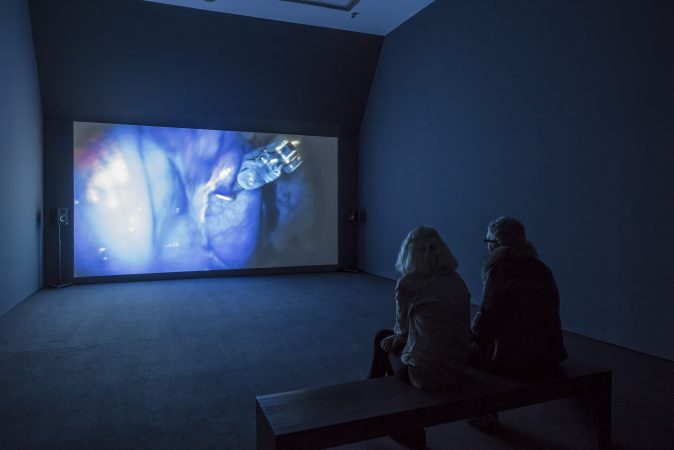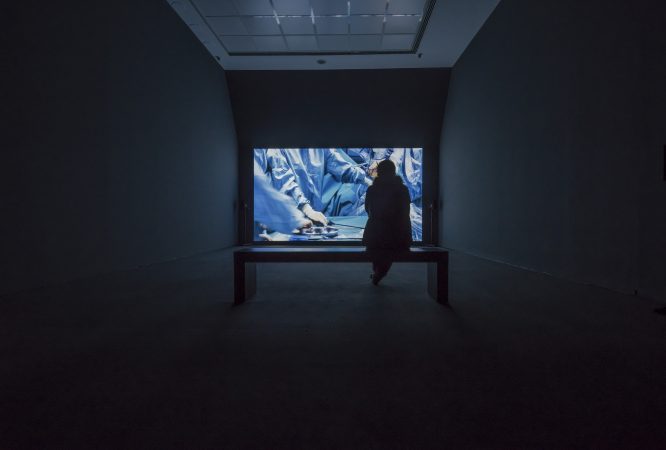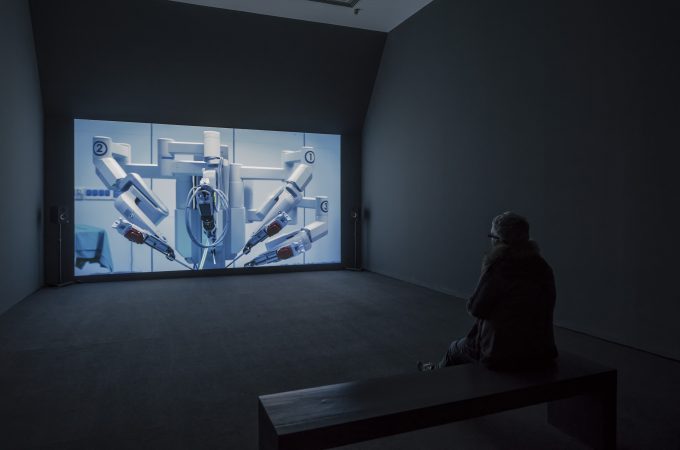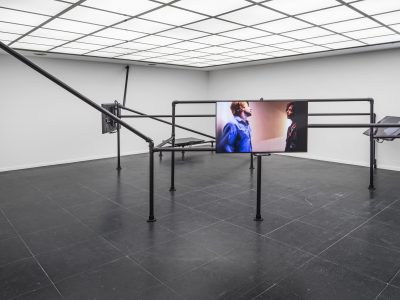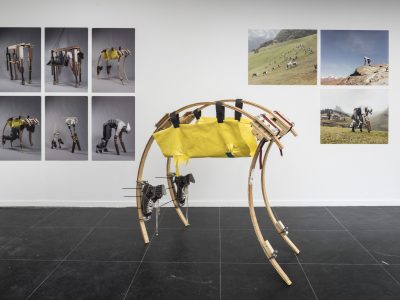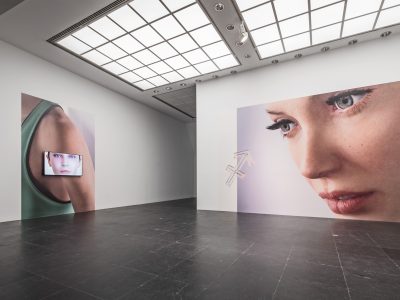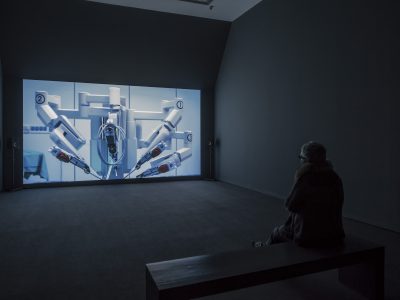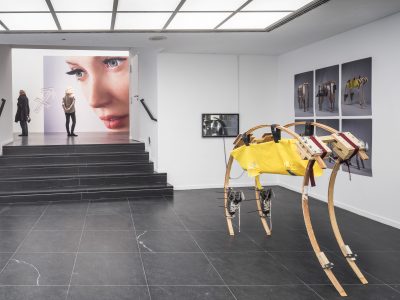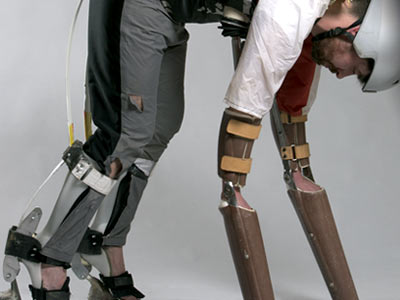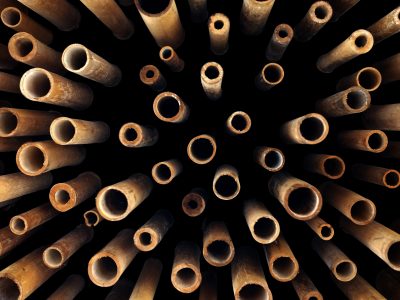Body-Me: The Body in the Age of Digital Technology
26.09.2015 — 09.01.2016
The works by artists Yuri Ancarani, Kate Cooper, Melanie Gilligan and Thomas Thwaites on view in the exhibition “Body-Me: The Body in the Age of Digital Technology” consider the human body, its mutability, its fragility and its ephemerality within the context of a digital and hyper- technological society. They raise questions concerning the possibilities of sensory experience in relation to the self: How do we experience our bodies’ physical boundaries? Who am I without my body? Who am I without the technological means that enhance it? The confrontation with human existence, with the fundamental relationship between individual and society and with the reciprocal connection between physical existence and the psychological world of experience are at the core of the varying artistic approaches. The exhibition will coincide with “Roots. Indonesian Contemporary Art”, also on view at the Frankfurter Kunstverein.
Technologies have fundamentally changed our relationship to the world, expanded our interactions and thus generated a different perception of reality. The artistic positions of the four invited artists represent different perspectives on the enhancement of the human senses and expanded perception of reality through technology. Their works react to current trends that are results of a progressive shift of individual action and social interaction to computerized systems and digital media. Kate Cooper’s work examines computer-generated enhancements to media images of the female body and raises questions about their suggestive power. Conceptual designer Thomas Thwaites, on the other hand, uses the options available for technologically augmenting the body to investigate what it might be like to be a goat and thus explores the dependence of the human consciousness on the body. Melanie Gilligan’s episodic films envision social scenarios in which a certain technology implanted in the body helps redefine coexistence. Filmmaker Yuri Ancarani uses sophisticated surgical systems to take the viewer inside the human body, thereby deliberating on the confrontation between man and machine.
Kate Cooper’s work revolves around alternative forms of artistic practice. She questions the essence and meaning of digital-age images with regard to a contemporary hypercapitalism that increasingly utilizes immaterial labor and outsources production to other parts of the world. Her installation “RIGGED” (2014) uses CGI technology to translate the physical body into hyper real, stereotypical, computer generated female models. Her entirely constructed CG models of young women with flawless bodies in sports wear borrow from the familiar aesthetics of mass advertising. In a light jog, they move through digitally animated surroundings that lack spatial depth or other natural features. Close-ups of the computer generated faces display silver braces and plastic mouth guards, or track the models’ glances with mimetic precision. Billboard-size vinyl prints pick up on these motifs, thereby rendering the figures synthetically superhuman. The images have an auditory element in which a flattering feminine voice meditates on the ideal of an ageless and youthful body, ultimately repeating the slogan “disappear completely” over and over again. With their exaggerated perfection and symbolic optimization, the female figures in “RIGGED” no longer represent realistic physicality. By appropriating the pervasive visual language of the advertising industry, the artist reflects its mechanisms with particular reference to the female body and advances a new interpretation of feminist discourse.
With his project “Holiday from humanity (I, GOAT)” (2015), Thomas Thwaites alters physical perception in an attempt to escape his own human perspective and take on another way of experiencing the world. Through a process of elaborate anatomical analysis and research on materials, he has developed a construction of special prosthetic limbs that enables him to imitate a goat’s gait on all fours. Additional discussions with experts have given him profound knowledge about the animals’ lives and their social behavior. He ultimately spent several days as part of a goat heard in the Swiss Alps. Thwaites considers himself a “designer (of a more speculative sort)” whose artistic practice concerns the sciences and visions of the future. The modern idea concer-ning evolutionary progress, at the heart of which lies the technological enhan-cement of mental and physical productivity, is contained in the post-humanist discussions related to his projects. Thwaites attempts to disengage from this notion as he strives to lead a life whose daily purpose concerns the basic principles of existence in a natural surrounding. He does not attempt to escape the sensations of space and time, but rather tries to access them from another perspective by altering his sensory and physical experience. His self-experimentation investigates the dependence of the human consciousness on the body and utilizes technological means to generate an altered perception of reality, which forms an opposite pole to the anthropocentric view.
Melanie Gilligan’s video installations are devoted to current political issues and particularly emphasize the influence of economic systems on both society and the individual. In episodic short films she envisions social scenarios characterized by the pursuit of interpersonal empathy. In her sci-fi series “The Common Sense” (2014-15),
a technology implanted in the body helps redefine community. The pioneers of this technology hope to build a society based on optimized communication and an altered understanding of the individual. The comprehensive monitoring of the individual through this implant, contributes to the overstretching of already existing networks, along with their social and political implications. This control is no longer restricted to communication with the outside world, but now also encompasses inner human life. As part of a social body, the individual is conditioned on the basis of his physical capacities and mental efficiency. Gilligan’s utopian vision scrutinizes the shift in social interaction to a virtual world and shows how vulnerable this development is to commercial exploitation. With the scenario of a deep and persistent interpersonal connection, the artist poses the burning questions of what shapes coexistence and what status do individuality and community have.
The main performer in Yuri Ancarani’s film “Da Vinci” (2012) is a sophisticated technological surgical system named after the Italian polymath. When performing an operation with the “da Vinci Si Surgical System,” the surgeon does not have direct contact with the patient’s body. He instead guides the highly precise instrument from a console. A high-definition video feed from the operating room gives the surgeon a large-scale view of the procedure. By using these shots in the film, Ancarani’s documentary approach explores the existential question of the relationship between man and machine. The video artist colorizes visibly delicate anatomical structures blue, thereby creating a level of distance between viewer and subject. A thudding, threatening bass underscores the palpable tension in the team of doctors present in the operating room and carries it over to the viewer’s own body. In contrast to futuristic visions in which robots replace mankind, Ancarani’s work visualizes the synergetic interaction of the surgeon with his instruments, thus overcoming a mere confrontation of man and machine.
Participating Artists: Yuri Ancarani (*1972, lives in Milan), Kate Cooper (* 1984, lives in London), Melanie Gilligan (*1979, lives in London and New York), Thomas Thwaites (*1980, lives in London)
The exhibition is a contribution to the 2015 B3 Biennial of the Moving Image. With its guiding theme “Expanded Senses: Experiencing with All Senses and Shifting Boundaries,” the second installment of the B3 Biennial will take place from October 7 to October 11 in Frankfurt and the Rhein-Main region. The goal of the Biennial, which was launched in 2013, is to foster a broad, interdisciplinary and cross-genre approach to the moving image.
A comprehensive accompanying program will elaborate on the topics dealt with in the exhibitions “Body-Me: The Body in the Age of Digital Technology” and “Roots. Indonesian Contemporary Art.” Highlight events in the program include the panel discussion “Roots. Indonesian Contemporary Art” on October 15, 2015 with all participating artists, as well as Asikin Hasan (Co-Curator), Dr. Amanda Rath (Lecturer of Modern and Contemporary Art of Southeast Asia, Department of Southeast Asian Studies and Institute of Art History, Goethe-University, Frankfurt am Main) and Franziska Nori (Director, Frankfurter Kunstverein); on October 22, 2015 the talk “Diversity and Cultural Identity in Indonesia after the Autocracy of Suharto” with Prof. Dr. Susanne Schröter (Ethnologist, Professor of the Cluster of Excellence “Normative Orders” at Goethe-University Frankfurt) and Hendra Pasuhuk (Author of “Traum der Freiheit – Indonesien, 50 Jahre nach der Unabhängikeit” and editor for Deutsche Welle in the South Asian Area); and on October 28, 2015 the talk “The Indonesian Contemporary Art in the focus of the Global Art Market”, by Matthias Arndt (Gallery owner located in Berlin and Singapore, expert of the Southeast Asian Art Scene).

